Are you ready to break down some rock? Deciding to drill into a rock might seem daunting, but an understanding of the basics can make it much easier. In this article, we’ve prepared a comprehensive guide, designed to help you choose the right drill bit and use the proper techniques for drilling holes in rock. From beginner to pro, get prepared for a productive session of drilling with these handy tips!
Selecting a Drill Bit: What You Need to Know
The selection of the proper drill bit is paramount when drilling into rock. If powering up a drill, a carbide-tipped masonry bit should be selected. However, if using a hand drill, either a carbide-tipped or diamond-tipped bit will suffice.
The force of a power drill is so strong that the average material can’t resist it, which is why carbide-tipped bits have been manufactured for this purpose. These bits are made with components that are much tougher, enabling them to handle the intense velocity of a drill without getting impeded by stone.
With the capacity to bore through even the most resilient rocks, diamond-tipped bits make for an ideal selection when it comes to hand drilling; however, they come at a steeper price than their carbide-tipped counterparts.
Once the suitable drill bit has been selected, it’s time to kickstart the task.
Bore into the Depths
For a quick start, those wielding a power drill can immediately begin their drilling. On the other hand, those with hand drills will have to carve out a pilot hole prior to making progress.
To apply the necessary precautions, begin by drilling a small hole in the center of the space intended for the larger opening. Doing this will ensure there is no chance of the larger bit slipping.
When you have opened a starter-sized hole, you are ready to begin drill work with the larger bit. Apply continual pressure to get the best results, making sure that the bit is in line with the rock face.
Taking regular breaks while hand-drilling is crucial for preventing exhaustion and keeping your drill bit from becoming too hot.
The intimate relationship between your drill and the rock will be represented by the deposit of dust covering your drill bit. While this accumulation may seem alarming, it is actually beneficial – it assists in cooling and greasing the bit.
Once the needed depth is achieved, withdraw the bit from the hole with a slow motion.
After the drilling is completed, let the clean-up commence! It might be tidy outside of the work area, but don’t forget that the dust from the rock has the potential to cause serious harm to your breathing. Thus, donning a dust mask is an essential step in safeguarding your health during clean-up.
To keep rock dust from becoming a nuisance, grab a brush and do some sweeping. After that, you can apply a bit of water to the affected area for further dust control. An alternate solution is to deploy a vacuum cleaner to rid of the dust.
Once the space is spotless, you can safely discard the drill bit.
Strategies for Triumph
For those aspiring to expert-level drilling in stone, here are some last pointers to consider:
Begin by using a relatively small drill bit and gradually increase the size in order to avoid slippage. This progressive approach will provide a greater sense of security throughout the drilling process.
Instead of turning the bit in a uniform rotation when hand drilling, use an alternate back and forth motion. This will not only keep the bit from getting too hot, but it will also ensure that you get the desired results.
Growing in the rock layer can be a gradual process, requiring time and hard work. Therefore, persist with patience.
Safety goggles are a must for protecting your eyes from hazards such as flying rock particles. Don these spectacles to keep your vision unharmed.
You should equip yourself with a protective dust mask to safeguard your respiratory system from exposure to fine rock particles.
It is wise to have a source of water nearby to manage the presence of dust particles that may accumulate in the air.
Adopt a consistent yet measured approach as you operate the drill, taking care to not attempt to forcefully drive the bit.
Wisps of patience and perseverance are all you need to ace drilling through rocky surfaces – simply take your time and stun them with your pro-like finesse!
Related Product

Taper Bits
Taper bits, especially Tapered button bits are the most popular tapered drill bits with a wide selection of head diameters from 26mm to 48mm. With carbide buttons cold pressed on t […]
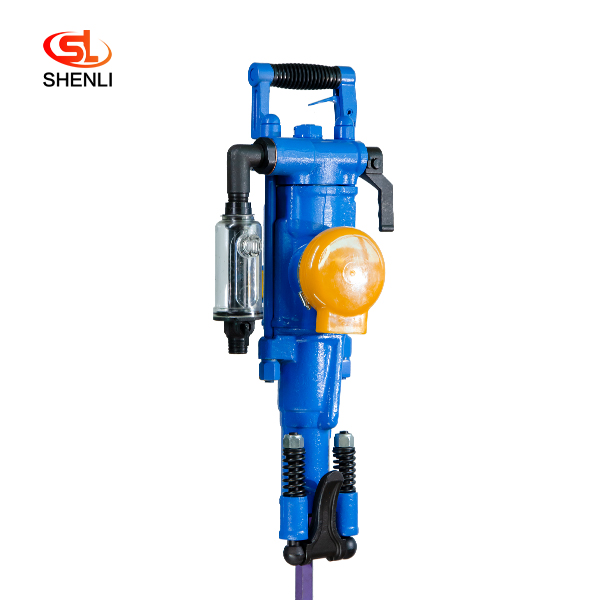
YT28 Air Leg Pneumatic Rock Drill Pusher Leg Rock Drill
The YT28 air-leg rock drill is a kind of high-efficiency, energy-saving and environmentally friendly rock drilling equipment. Compared with similar pneumatic products, the YT28 air […]

Cir Series Dth Bits(Low Pressure) Cir90-90
Down-the-hole (DTH) hammer bits are used with Down-the-hole hammers for drilling holes through a wide range of rock types. In conjunction with DTH hammers, drill hammer bits are de […]
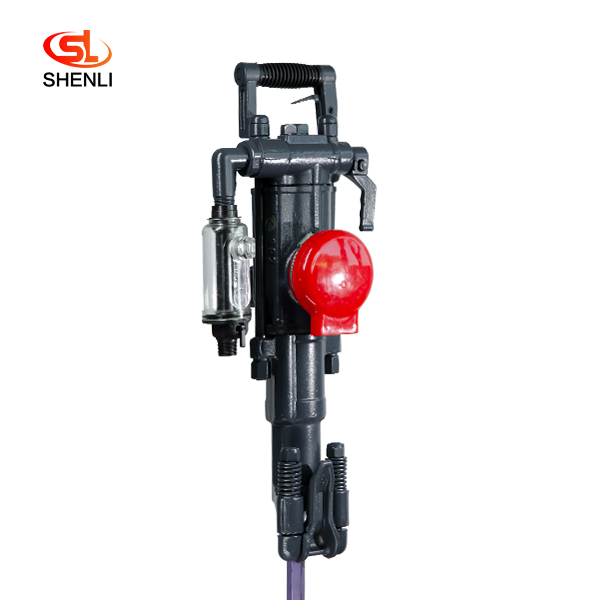
S82 Air Leg Pneumatic Rock Drill Pusher Leg Rock Dril
Model S82 air-legged rock drills are heavy-duty air-legged rock drills with high efficiency and low consumption, which are especially suitable for use in the construction of railro […]
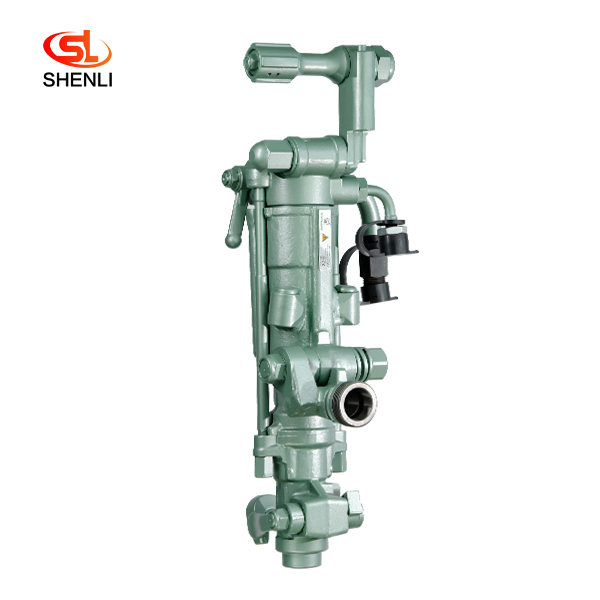
S250 Air Leg Pneumatic Rock Drill Pusher Leg Rock Drill
(S250 jackleg Drill) has been the preferred choice of miners who demand high performance, superior control and lasting reliability. the S250 jackleg allows operators to drill in co […]
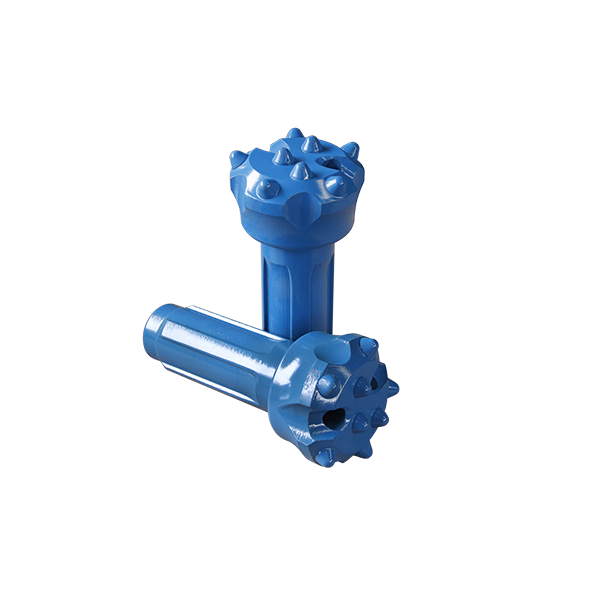
CIR Series DTH Bits(Low Pressure) CIR76-76
Down-the-hole (DTH) hammer bits are used with Down-the-hole hammers for drilling holes through a wide range of rock types. In conjunction with DTH hammers, drill hammer bits are de […]
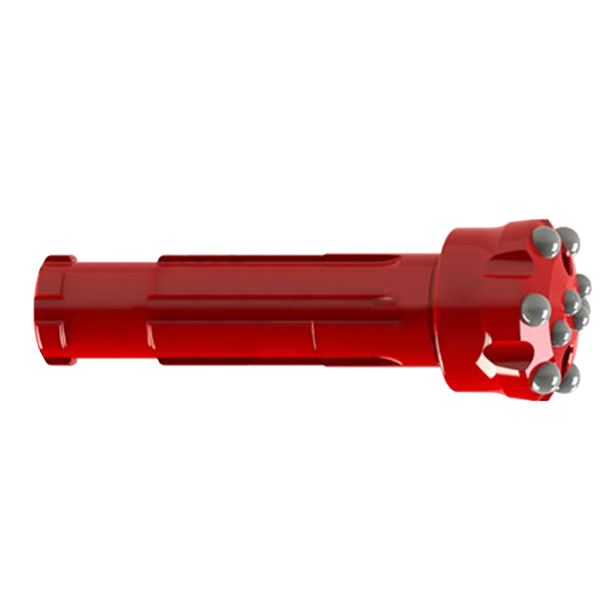
DHD Series DTH Bits(High Pressure) DHD
high pressure drill bit is mainly used in geological exploration, coal mine, water conservancy and hydropower, highway, railway, bridge, construction and construction, etc. Advanta […]
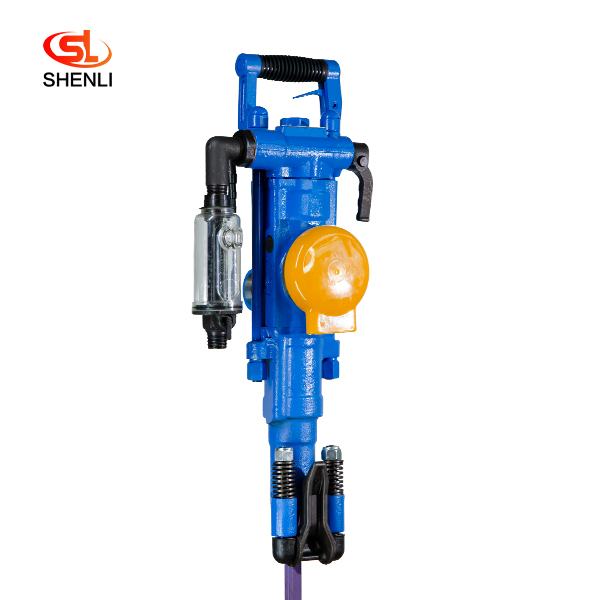
YT27 Air Leg Pneumatic Rock Drill Pusher Leg Rock Drill
The YT27 air-legged rock drill is a highly efficient lightweight rock drill suitable for downward or inclined drilling in medium-hard or hard (f=8 – 18) rock with a diameter […]
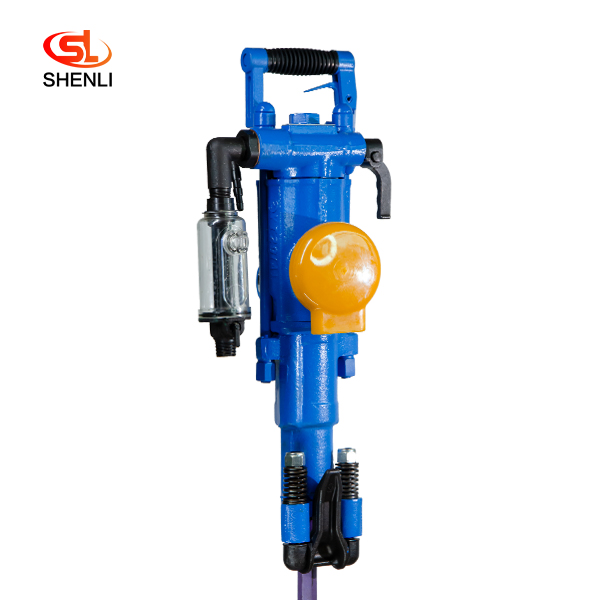
YT29A Air Leg Pneumatic Rock Drill Pusher Leg Rock Drill
YT29A air-legged rock drills are heavy-duty push-leg (air-legged) rock drills with low energy consumption, which are more suitable for drilling horizontal or inclined holes in medi […]
Post time: 2023-06-28

